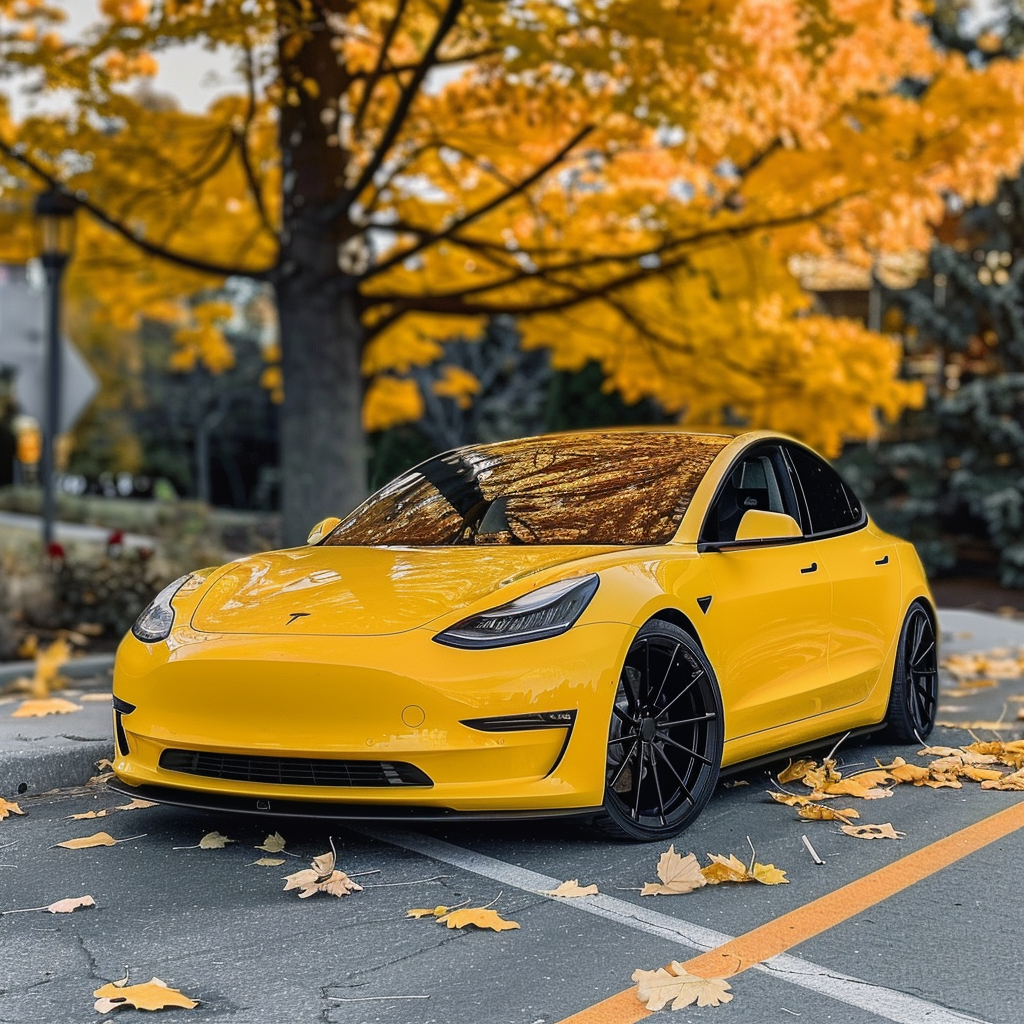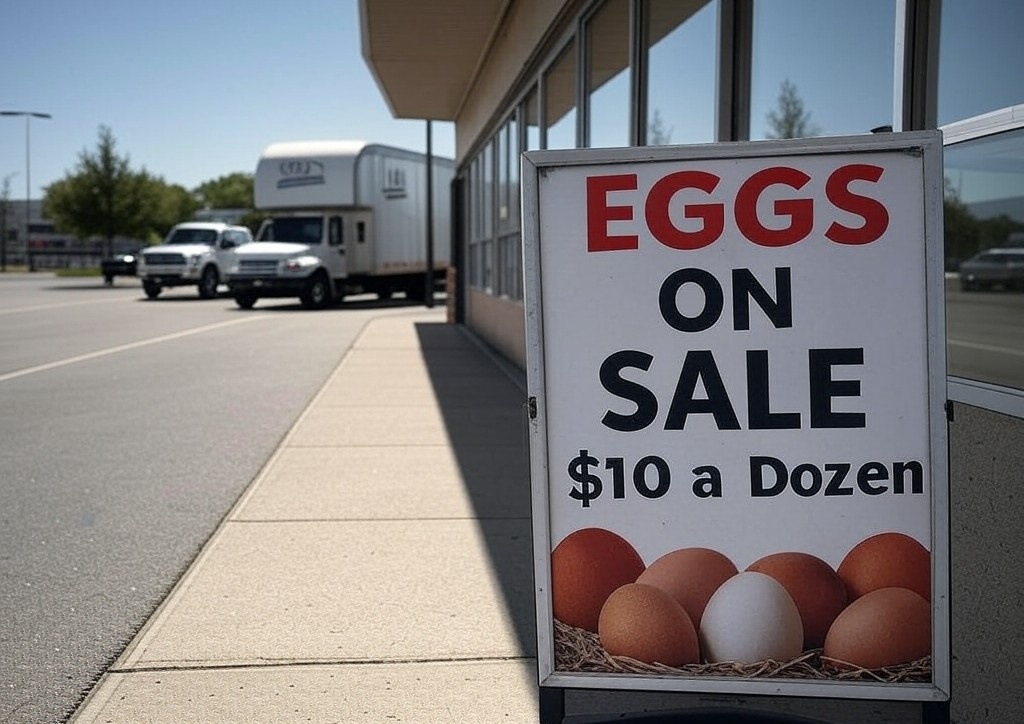Canada recently made a big move to fight global warming: by 2035, all new light-duty vehicles sold there must be zero-emission, meaning they won’t produce harmful pollution from their tailpipes.
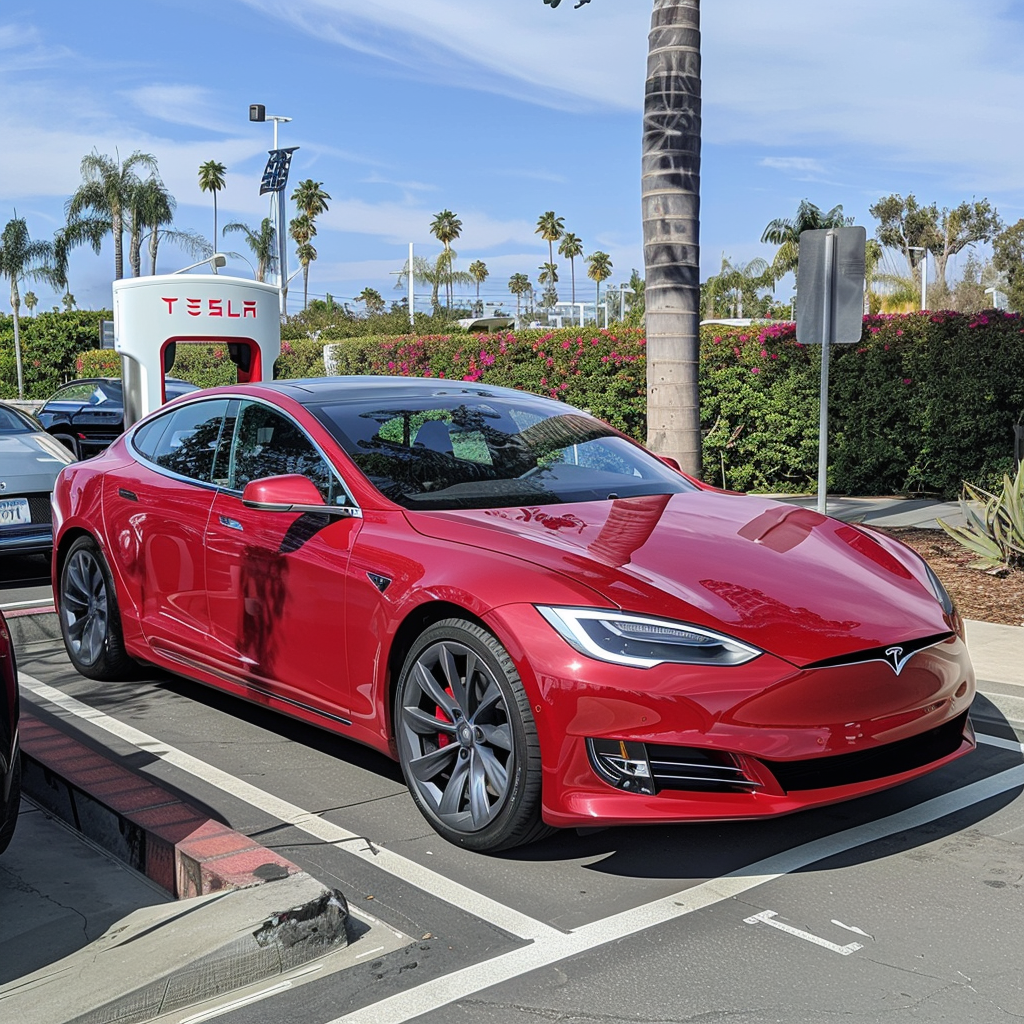
To reach this goal, the government set specific targets: by 2026, 20% of new passenger cars, SUVs, and trucks sold must be zero-emission, and by the end of the decade, that number should rise to 60%.
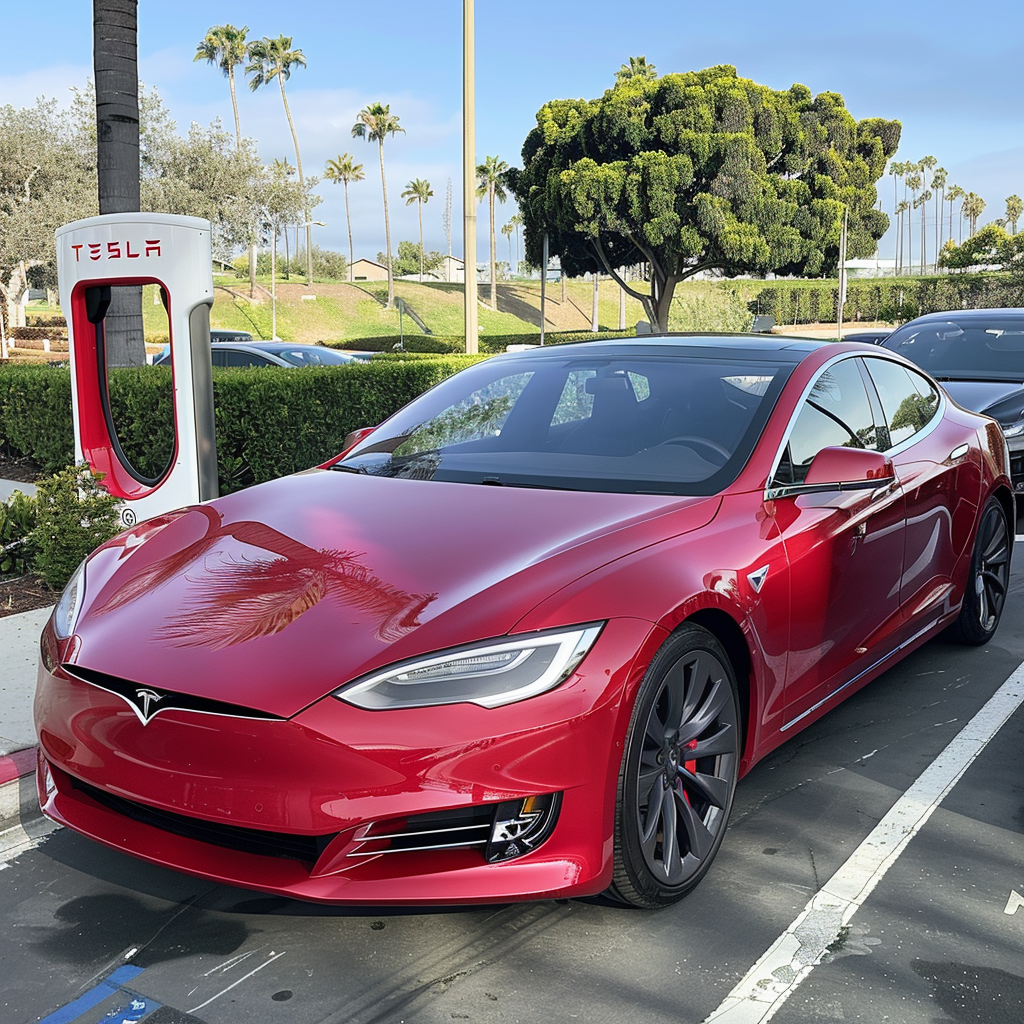
Environment and Climate Change Canada announced that there are already 50 models of zero-emission vehicles available in Canada, with more expected to come by 2024.
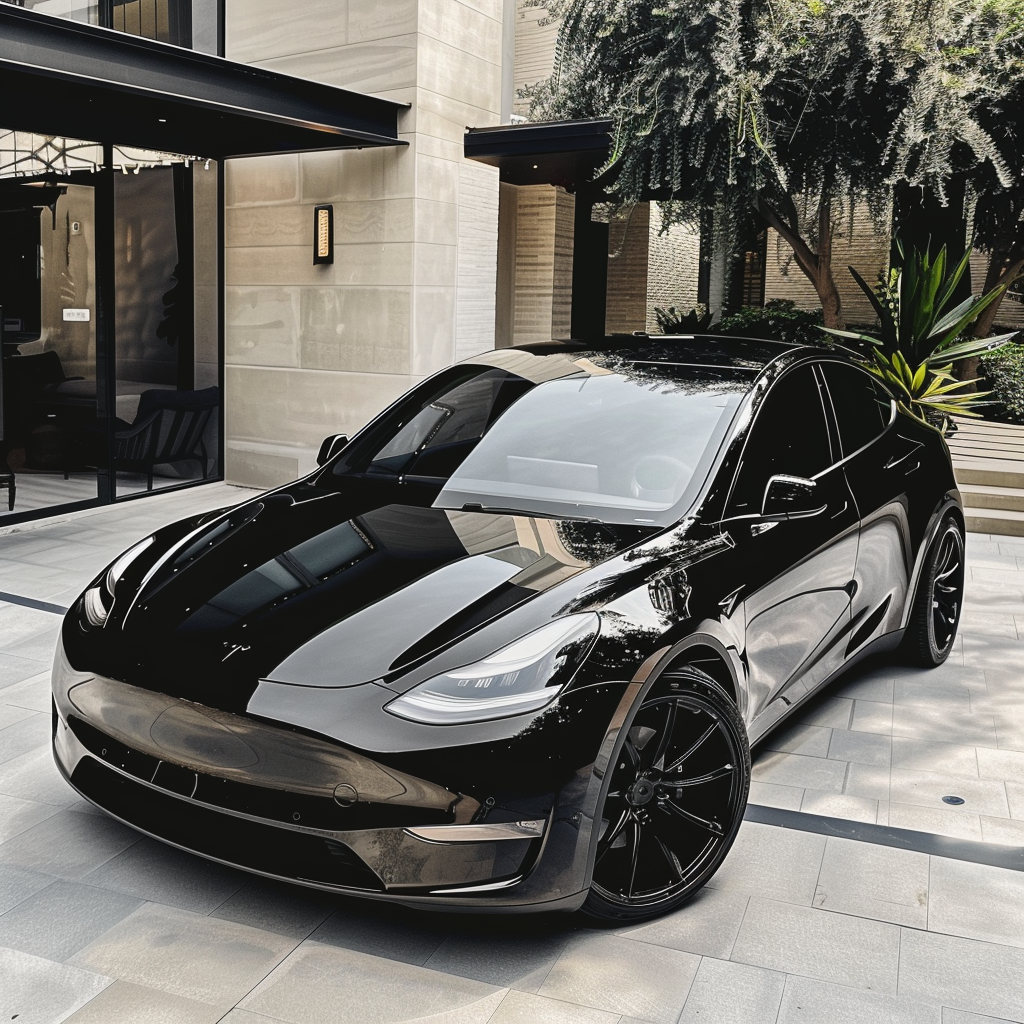
To encourage people to buy these cleaner vehicles, the government will offer up to $5,000 in credits through a $2 billion program.
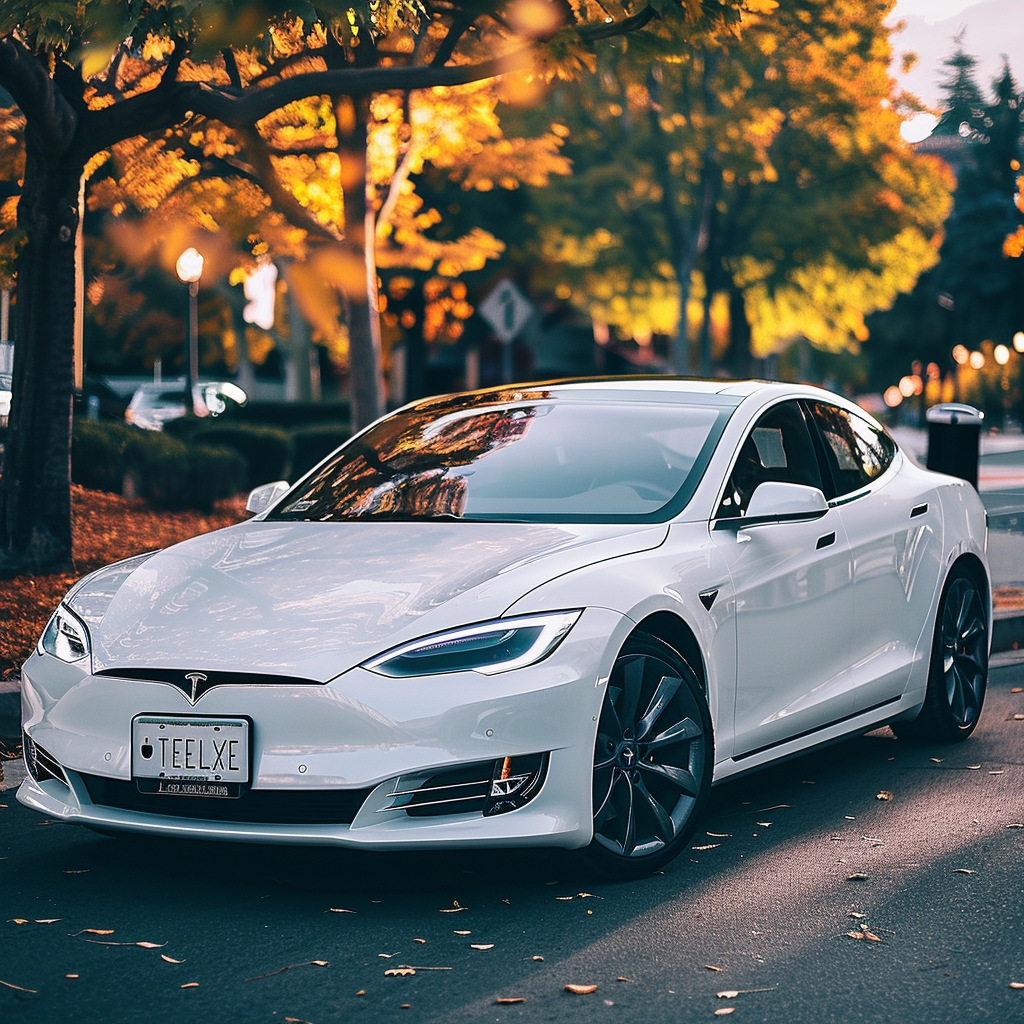
Canada joins the EU and some U.S. states in banning gas-powered cars by 2035, with Japan also aiming for a similar ban.
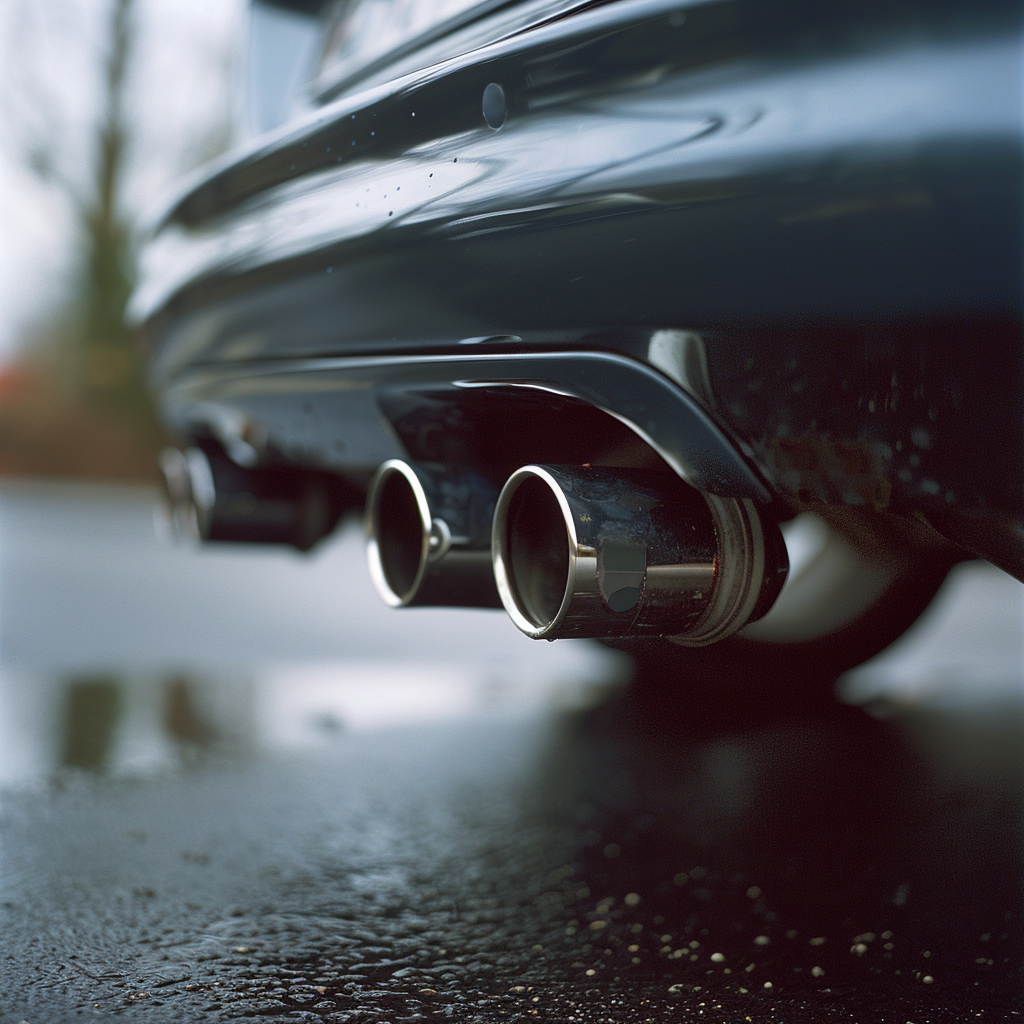
Some countries, like Ethiopia, are even more aggressive, planning to ban all cars using dirty energy this year.
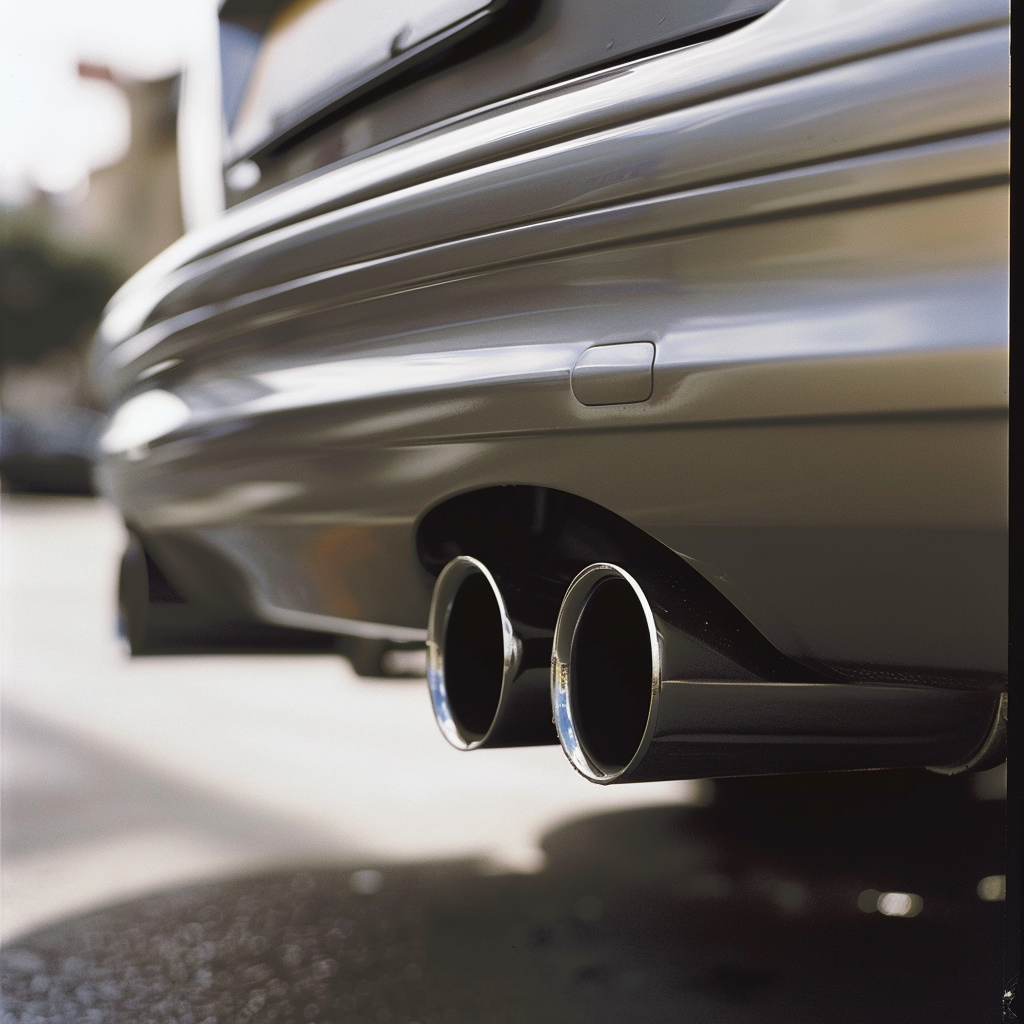
In Canada, transportation contributes to 22% of the country’s pollution, with half of that coming from light-duty vehicles.
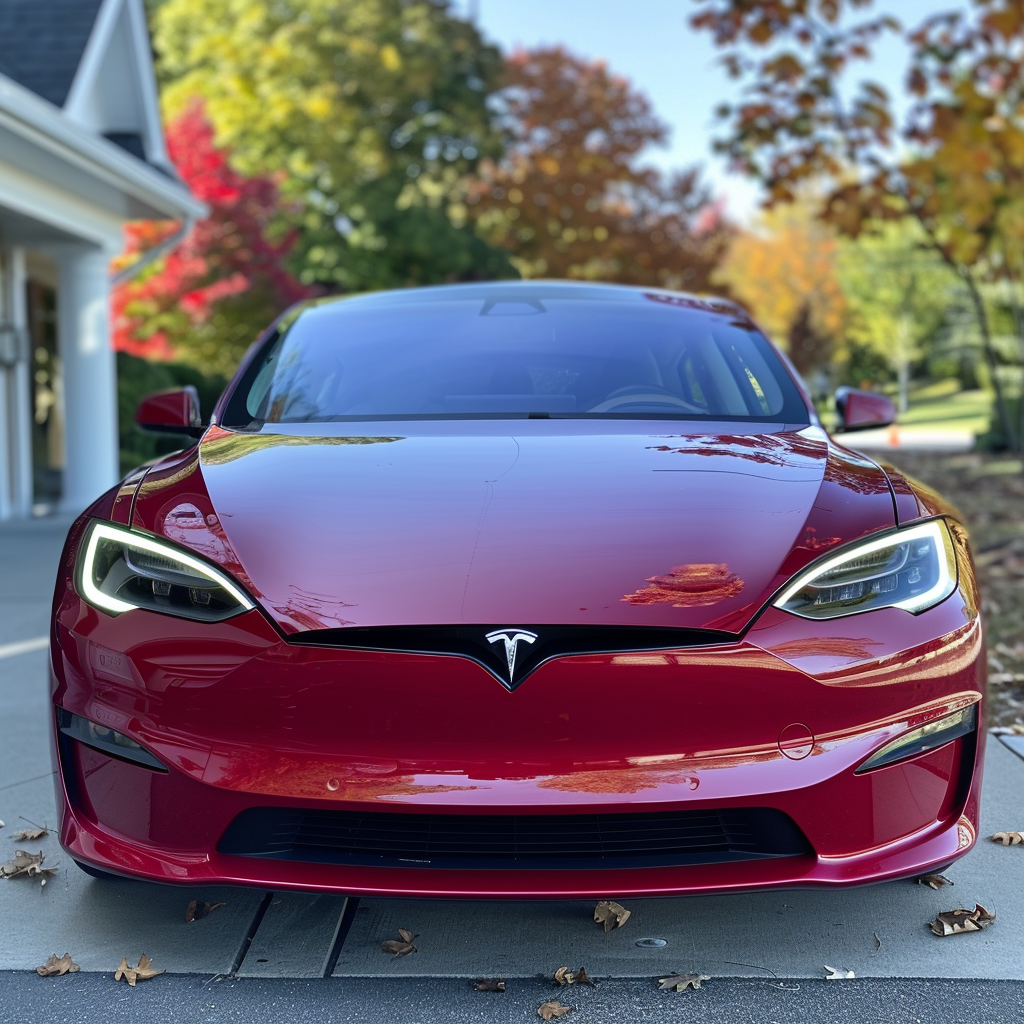
Over the third quarter of 2023, electric vehicles made up 12.1% of all new car sales in Canada. Tesla led the pack, selling 36.7% of all EVs, followed by Hyundai at 11.1%.

However, the automotive industry in Canada has concerns about the new rules, pointing out the higher costs of EVs and the lack of charging stations.

Prime Minister Justin Trudeau has made fighting global warming a priority, but Canada hasn’t met its pollution reduction targets yet.
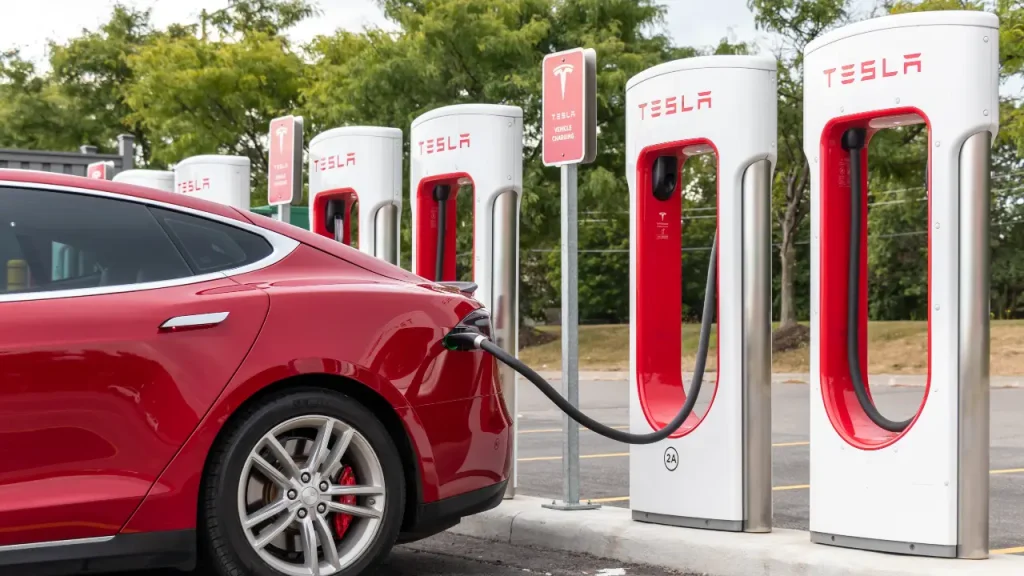
To help with the transition, the government will invest $1.2 billion to build charging stations, focusing on public places and apartment buildings.
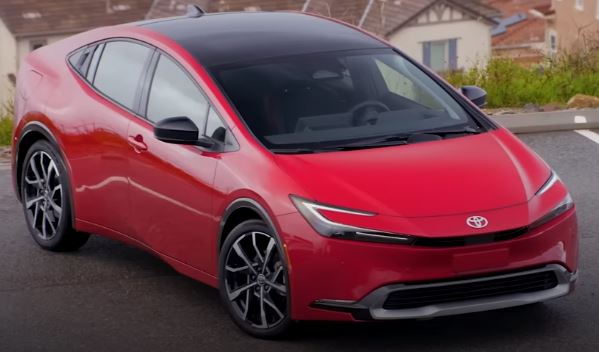
People living in remote or northern areas will still be able to buy plug-in hybrid EVs with an electric range of around 50 miles, addressing worries about EVs in harsh conditions. The government believes that with supportive investments, setting targets for zero-emission vehicles will give consumers more options, improve air quality, and speed up the switch away from gas-powered cars.

